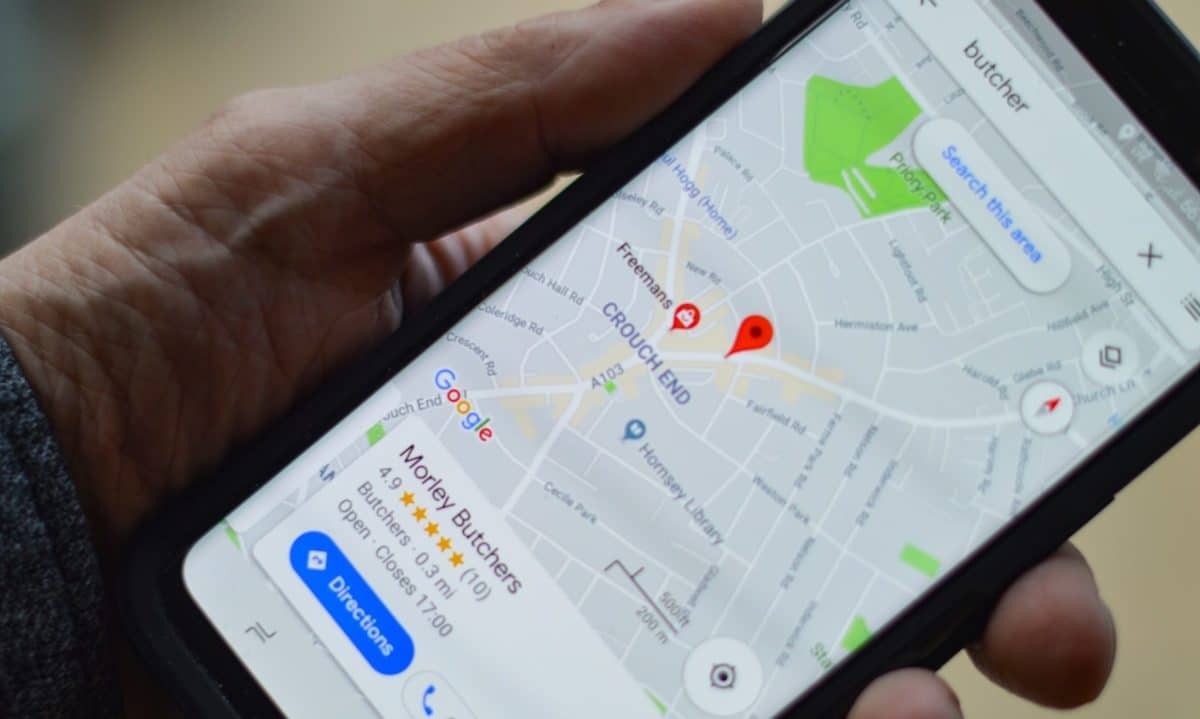If you’re reading this, you probably already know how important it is to optimize your content for search engines. But with so many tips and best practices, it can be overwhelming to know where to start. That’s where we come in!
In this article, we’ll break down the key areas you need to focus on to create content that engages and informs your audience and is optimized for search engines. From identifying your target audience and choosing the right keywords to optimize your headline, and using header tags effectively, we’ve got you covered.
We’ll also talk about using internal and external links, alt tags for images, writing compelling meta descriptions, and promoting your content on social media. By following these strategies, you’ll be able to improve the visibility of your website and attract targeted traffic to your site. If you have any questions about SEO services or want to learn more, don’t hesitate to book a discovery call with us. We’re here to help you succeed!
What is Search Engine Optimization (SEO)
Search engine optimization (SEO) is an essential aspect of content creation in the digital age. Optimizing your content for search engines can improve your website’s visibility and attract targeted traffic.
This article will cover various tips and best practices for creating content that is not only engaging and informative but also optimized for search engines. Whether you’re a content creator or a business owner, these tips will help you create content that gets noticed by both your audience and search engines.
Writing SEO friendly content
This article will provide tips and best practices for creating SEO-friendly content. Some of the key areas we will cover include:
- Identifying your target audience
- Choosing the right keywords
- Optimizing your headline and title
- Using header tags effectively.
- Using internal and external links
- Using alt tags for images
- Writing compelling meta descriptions.
- Promoting your content on social media
By implementing these strategies, you can improve the visibility of your website and attract targeted traffic to your site. Whether you’re a content creator or a business owner, these tips will help you create engaging and optimized content for search engines.
1. Identifying your target audience
Before you begin writing your content, it’s essential to identify your target audience.
Who are you writing for? What are their interests and needs? Understanding your audience will help you create content that resonates with them and meets their needs. It will also help you choose the right keywords and topics to focus on.
For example, if you are writing for a younger, tech-savvy audience, you may want to use more technical language and cover topics relevant to their interests. On the other hand, if you are writing for an older, non-technical audience, you may want to use more straightforward language and cover more general topics.
By identifying your target audience, you can create content that speaks to them and addresses their specific needs.
2. Choosing the right keywords
When creating SEO-friendly content, choosing the right keywords is crucial. Keywords are the words and phrases people use to search for content online. Including relevant keywords in your content can increase the chances of your content ranking higher in search engine results. Here are some tips for choosing the right keywords:
- Research relevant keywords: Use tools like Google’s Keyword Planner or Ahrefs to identify popular and relevant keywords in your industry.
- Use long-tail keywords: Long-tail keywords are more specific and less competitive than short-tail keywords. For example, “how to write SEO-friendly content” is a long-tail keyword, while “SEO” is a short-tail keyword.
- Include keywords in your title, headline, and throughout the body of your post: Make sure to include your chosen keywords in your title, headline, and throughout the body of your post. However, be sure not to stuff your content with keywords – search engines can penalize you for keyword stuffing.
By choosing the right keywords and including them in your content, you can improve your content’s visibility in search engine results and attract targeted traffic to your site.
3. Optimizing your headline and title
Your headline and title are often the first things people see when they come across your content online. Therefore, making sure they are compelling and include your target keywords is essential. Here are some tips for optimizing your headline and title:
- Use a compelling headline that includes your keyword: Your headline should grab the reader’s attention and entice them to click on your content. Including your target keyword in the headline can also help with SEO.
- Keep your title short and to the point: Your title should be concise and accurately reflect the content of your post. Aim for around 50-60 characters, as this is the typical limit for search engines.
Optimizing your headline and title can improve your content’s visibility in search results and encourage more people to click on and read your content.
4. Using header tags effectively
Header tags, or H tags, are HTML tags used to indicate the importance of a particular piece of text. There are six levels of header tags, ranging from H1 (the most important) to H6 (the least important). Using header tags effectively can help structure and organize your content, making it easier for readers and search engines to understand. Here are some tips for using header tags effectively:
- Use H1, H2, and H3 tags: H1 tags should be used for your main headline, while H2 and H3 tags can be used for subheadings and sub-subheadings.
- Include your keyword in your header tags: Including your target keyword in your header tags can help with SEO. However, be sure not to stuff your header tags with keywords – search engines can penalize you for keyword stuffing.
Using header tags effectively can help structure and organize your content, making it easier for readers and search engines to understand. This can improve the user experience and increase the chances of your content ranking higher in search results.
5. Using internal and external links
Linking to other relevant content on your website or external sources can add value to your content and improve the user experience. Here are some tips for using internal and external links effectively:
- Link to other relevant content on your website: By linking to other relevant content on your website, you can keep readers on your site longer and encourage them to explore more of your content.
- Link to reputable external sources: Linking to reputable external sources can add credibility to your content and provide additional information for readers.
When using internal and external links, be sure to use descriptive anchor text (the clickable text in a hyperlink) that accurately reflects the linked page’s content. Avoid generic anchor text like “click here” or “read more.”
By using internal and external links effectively, you can improve the user experience and increase the value of your content.
6. Using alt tags for images
Alt tags, or alternative text, describe the images included in your content. Alt tags are essential for SEO because search engines can’t read or understand ideas; they rely on alt tags to understand the image. Here are some tips for using alt tags effectively:
- Describe the images you include in your post: Use descriptive alt tags that accurately describe the image’s content. For example, if you have a cat picture, the alt tag could be “cat sitting on the windowsill.”
- Include your keyword in the alt tag: If your keyword is relevant to the image, consider including it in the alt tag. However, be sure not to stuff your alt tags with keywords – search engines can penalize you for keyword stuffing.
Using descriptive alt tags, you can help search engines understand the content of your images and improve the chances of your content ranking higher in search results. Implementing alt tags into your web design is essential to creating a great user experience.
7. Writing compelling meta descriptions
Meta descriptions are short summaries of your content that appear in search engine results. While they don’t directly impact your search engine ranking, they can influence whether or not people click on your content. Here are some tips for writing compelling meta descriptions:
- Use your keyword in your meta description: Including your target keyword in your meta description can help with SEO and draw the reader’s attention.
- Make it interesting and informative: Your meta description should give readers a taste of what they can expect from your content and encourage them to click on it. Keep it concise and to the point, and avoid using generic or spammy language.
By writing compelling meta descriptions, you can increase the chances of your content being clicked on and read by your target audience.
8. Promoting your content on social media
Sharing your content on social media platforms can help increase its visibility and attract more traffic to your site. Here are some tips for promoting your content on social media:
- Share your content on relevant social media platforms: Choose the social media platforms that your target audience is most active on and share your content there.
- Use hashtags and tags: Use relevant hashtags and tag relevant accounts in your posts to increase the reach of your content.
- Encourage others to share your content: Ask your followers to share your content with their followers and consider offering incentives for sharing.
Promoting your content on social media can increase its visibility and attract more traffic to your site.
Writing SEO Content
Creating SEO-friendly content is an essential aspect of digital marketing. By following the tips and best practices outlined in this article, you can improve the visibility of your website and attract targeted traffic to your site.
From identifying your target audience and choosing the right keywords to use header tags effectively, and promoting your content on social media, there are many strategies you can use to create content that is both engaging and optimized for search engines.
If you have any questions about SEO or need help with your website’s SEO, don’t hesitate to contact us. We’re here to help you succeed!



